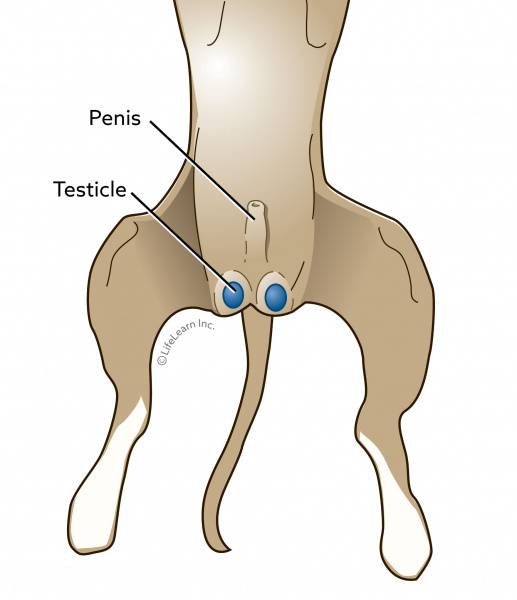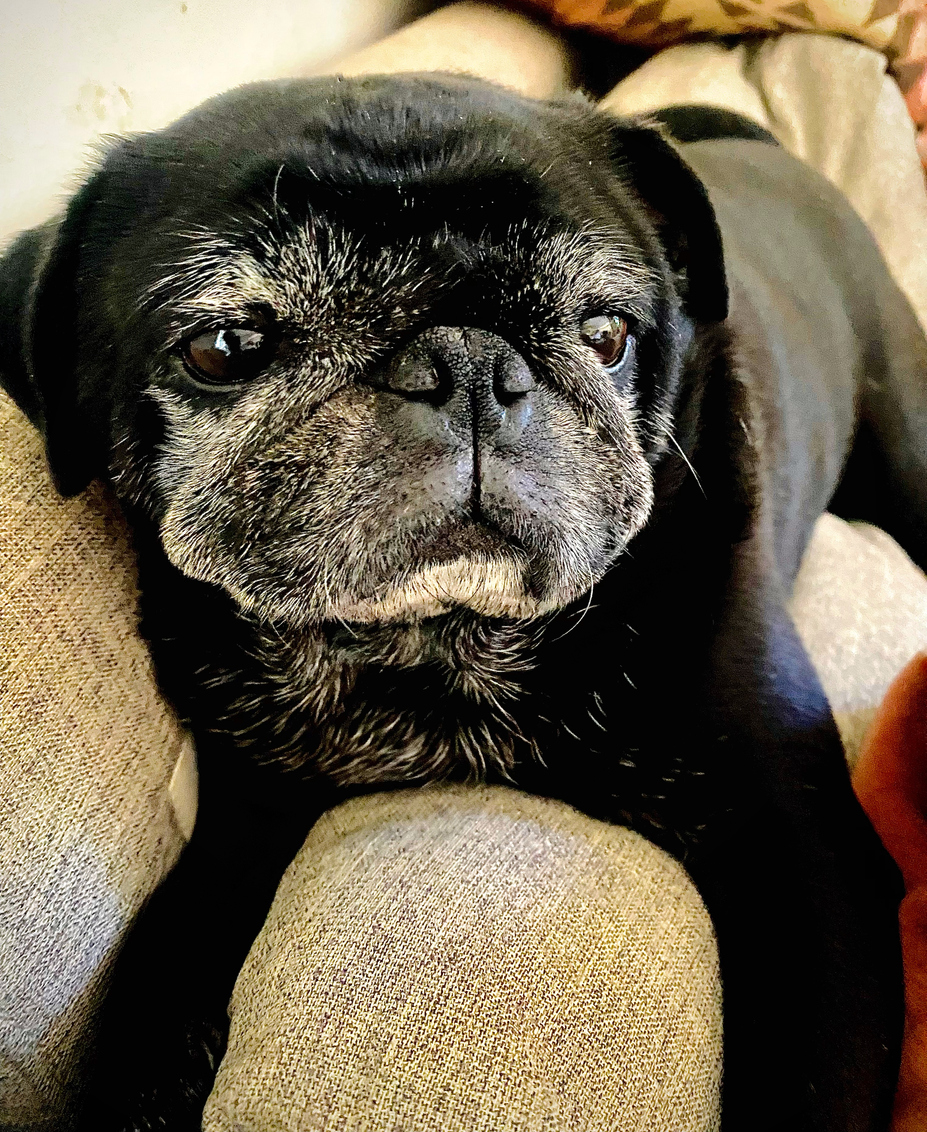Neutering in Dog
What is neutering?
Neutering (also known as castration) is the common term used to describe the surgical procedure during which both testicles are removed in order to sterilize (make infertile) a male dog, therefore stopping its ability to reproduce.
Why should I have my dog neutered?
Neutering should be considered if you are keeping any male dog as a pet.

What are the advantages of neutering my male dog?
Neutering has many advantages for the long-term health of your dog including:
- reduces the risk of enlarged prostate that comes with age and prostatitis prostate infection
- reduces the risk of hormone-related diseases such as benign tumor around the anus
- eliminates the risk of testicular cancer, the second most common cancer in unneutered dogs
- removes sexual urges, which usually decreases roaming behaviors
- reduces certain types of aggression
- neutered dogs generally live longer lives than unneutered dogs
- reduces the likelihood of separation anxiety or fearful elimination
Is neutering performed for any other reason?
Neutering may be used in an attempt to treat certain forms of aggression. In older dogs, the operation may be performed to treat testicular tumors and some prostate gland conditions. It is also used to control hormonal dependent diseases such as perianal adenomas.
When should the operation be performed?
There are many different factors to weigh when determining the optimal time to neuter a puppy, including health factors, behavioral factors, and your pet's environment. Talk to your veterinarian to determine the best time to neuter your pet.
Are there any dangers associated with the operation?
Neutering is considered a major operation and requires general anesthesia. With any anesthetic the risk of serious complications, including death, is always present. However, with modern anesthetics and monitoring equipment, the risk of a complication is very low. It has been said that your pet has a greater chance of being injured in a car wreck than having an anesthetic or surgical complication.

What happens when my dog undergoes this procedure?
Your pet will be examined by a veterinarian and pre-anesthetic blood tests will usually be performed. If everything is acceptable, your pet will be anesthetized. Most pets will have an intravenous catheter placed to administer the anesthetic and to provide fluid therapy during the surgery. After your pet is anesthetized, a breathing tube will be placed in his trachea (windpipe) to deliver oxygen and gas anesthetic directly into the lungs. The surgery consists of making a small incision in front of the scrotum and removing the testicles. Many veterinarians use absorbable internal sutures so that you do not have to return your dog to the hospital to have them removed.
Are there any post-operative precautions I should take?
Rest and restriction of activity are the primary post-operative care you should provide. Most dogs can resume normal activity five to ten days after surgery. Until then, leash walks, lots of rest, and no swimming, bathing, running, or climbing stairs is advised. Many veterinarians will recommend your pet wear a protective device such as an Elizabethan collar (E-collar) or alternatives to the E-collar to prevent your dog from being able to lick at his incision.



